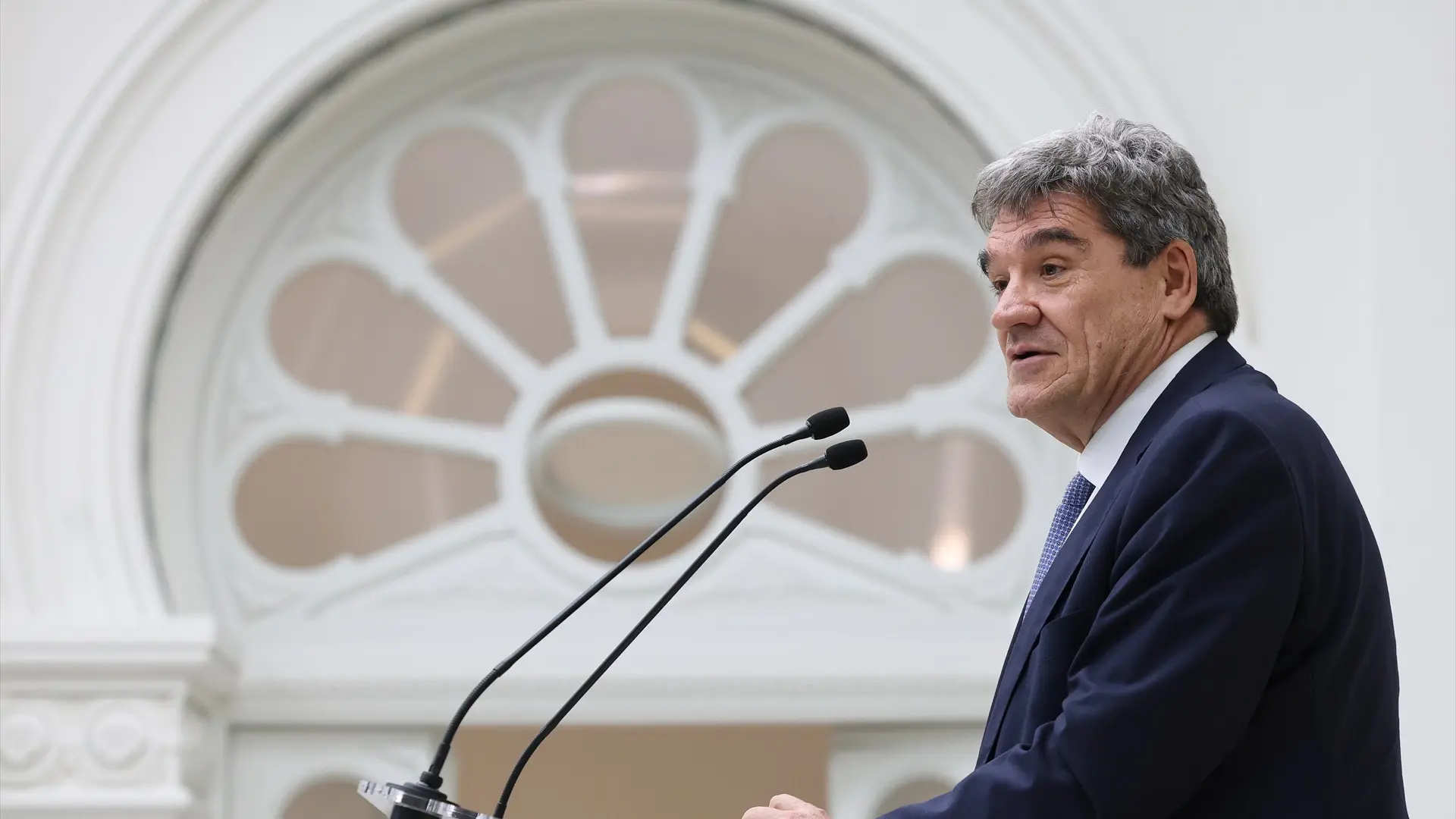
Banco de España (BdE) sees no signs of a bubble in the housing market. First, prices do not rise generally or uniformly across regions; Still 18% below the highest levelSecond, family situations are much more stable, and the standards for granting credit by businesses are at a “significantly more prudent” level than before the financial crisis. And thirdly, the situation in the real estate sector itself is also far from what it was before the imbalance.
Collectively, these factors have led to the company, which released its latest “Autumn Financial Stability Report” this Thursday, We rule out the possibility that Spain is in a similar situation to the years before the Great Crisis.. “Currently there are no signs of a bubble,” said Daniel Pérez Cid, head of financial stability at the Bank of Spain, adding that banks’ balance sheets do not show an overconcentration in “bricks” as in the past.
At a more general level, loans for real estate development and home construction accounted for half of corporate credit portfolios in 2008, but this weight was just under 15%. At the same time, real estate credit accounts for a portion of GDP and all bank credit; “Overly strong” dynamics are not evaluated Just like the situation before the crisis. The organization emphasizes that the strength of demand for housing relative to supply is the main factor determining the real price of housing. This is increasing at an increasingly rapid pace.
Prices have fallen below the peak of the boom.
In the first semester, The average annual rate of progress in nominal terms was 12.5%compared to the averages of 4% and 8.4% recorded in 2023 and 2024, respectively. By segment, the growth rate of existing home prices (12.6%) exceeded the growth rate of new home prices (12.2%), in contrast to the trends observed from 2019 to 2024, just before the outbreak of the coronavirus pandemic. In real terms, house prices rose at an annual rate of 10.3% in the second quarter of this year, reaching a level 17.7% below the peak reached at the beginning of the global financial crisis. Third quarter of 2007.
But the group led by José Luis Escriva says prices are rising even more in the most stressed regions. Therefore, growth in regions with high price levels is in contrast. Small increase or no increase in areas with moderate or low prices. Additionally, unlike what was seen during the real estate boom of the 2000s, we are not seeing a general expansion in prices by state. Perez Cid himself asserted that “structural measures from a supply point of view” are needed to solve the accessibility problems that exist.



